Hayao Miyazaki, a luminary in Japan’s cinematic landscape, has carved a remarkable path since his cinematic debut in 1979. With the inception of Studio Ghibli in 1985, Miyazaki became a towering figure in the animation industry, leaving an indelible mark on storytelling and creativity. His recent Oscar nomination in the animated feature category for “The Boy and the Heron” underscores his enduring influence and innovation.
Miyazaki’s accolades are as diverse as they are numerous. In 2003, he clinched the coveted Oscar for Best Animated Movie with his masterpiece, “Spirited Away,” a testament to his unparalleled storytelling prowess.
Fast forward to the present, and “The Boy and the Heron” has etched its name in history as the first non-English, anime film to secure the Golden Globe for Best Animated Feature Film.
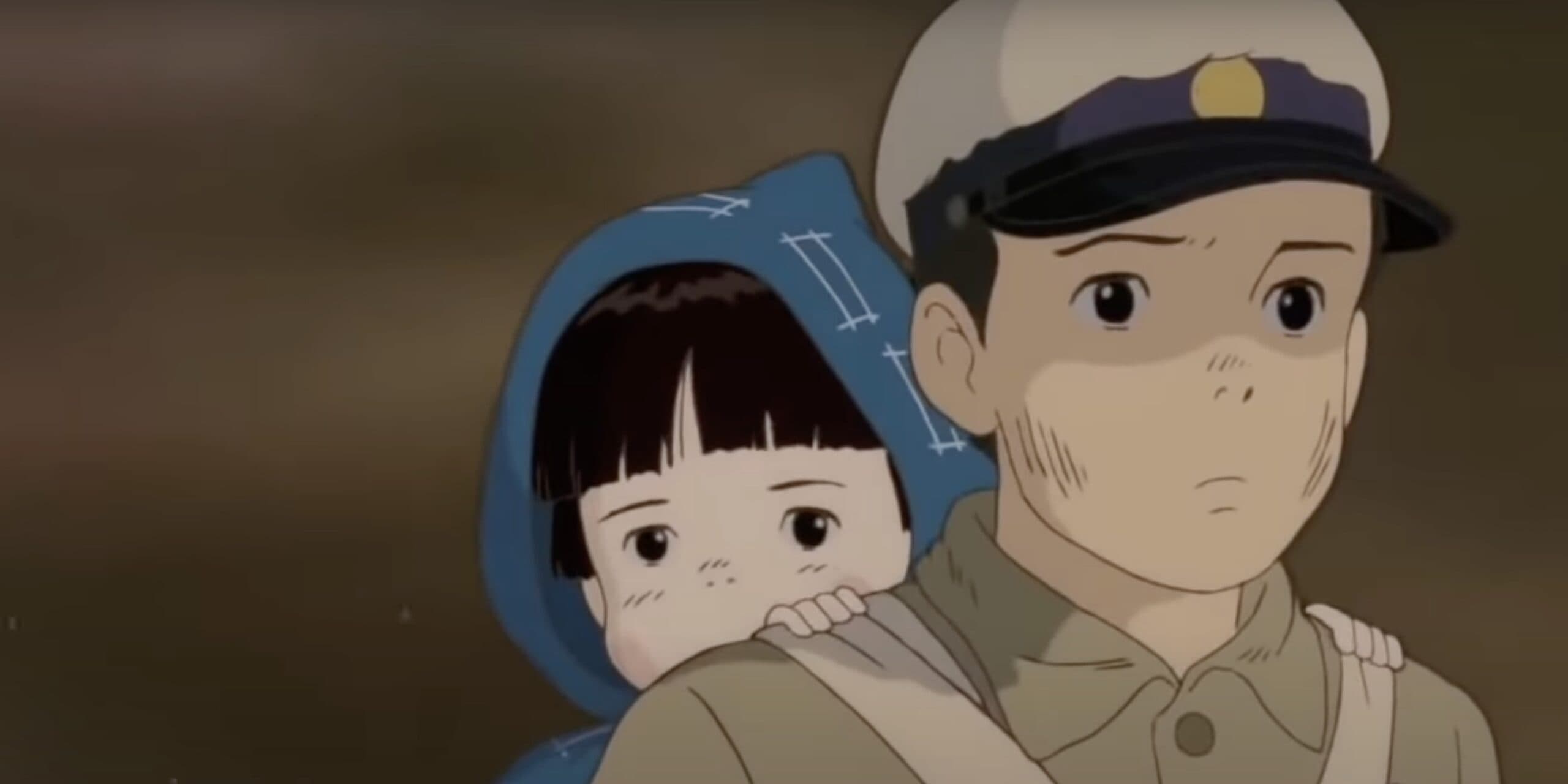
The acclaim surrounding “The Boy and the Heron” is no mere coincidence. Widely hailed as one of Miyazaki’s crowning achievements, the film has garnered praise from fans and critics alike, earning accolades across various categories. However, the journey to creating this cinematic gem was not without its challenges.
Studio Ghibli faced numerous hurdles during the production of “The Boy and the Heron,” with obstacles threatening to derail the project. In a bold move, the studio entrusted the fate of the film to Netflix, embarking on a gamble that would pay off.
Despite the challenges encountered along the way, “The Boy and the Heron” stands as a testament to Miyazaki’s unwavering commitment to storytelling excellence.

Through perseverance and innovation, Studio Ghibli has crafted a masterpiece that resonates with audiences worldwide, solidifying Miyazaki’s legacy as one of Japan’s most inventive filmmakers.
“The Boy and the Heron”: A Fantastical Journey Through Grief and Imagination
“The Boy and the Heron” weaves an amazing tale around Mahito Maki, a young boy grappling with loss in the aftermath of the Pacific War. Following the tragic demise of his mother, Mahito relocates to the countryside, seeking solace amidst the tranquility of rural life.
It’s there that he stumbles upon an enigmatic abandoned tower near his new abode, setting the stage for a fantastical journey.
Venturing into the tower, Mahito finds himself transported to a magical realm, where he encounters a remarkable companion: a talking grey heron. Together, they embark on an extraordinary adventure, navigating through the mysteries of this enchanting world.
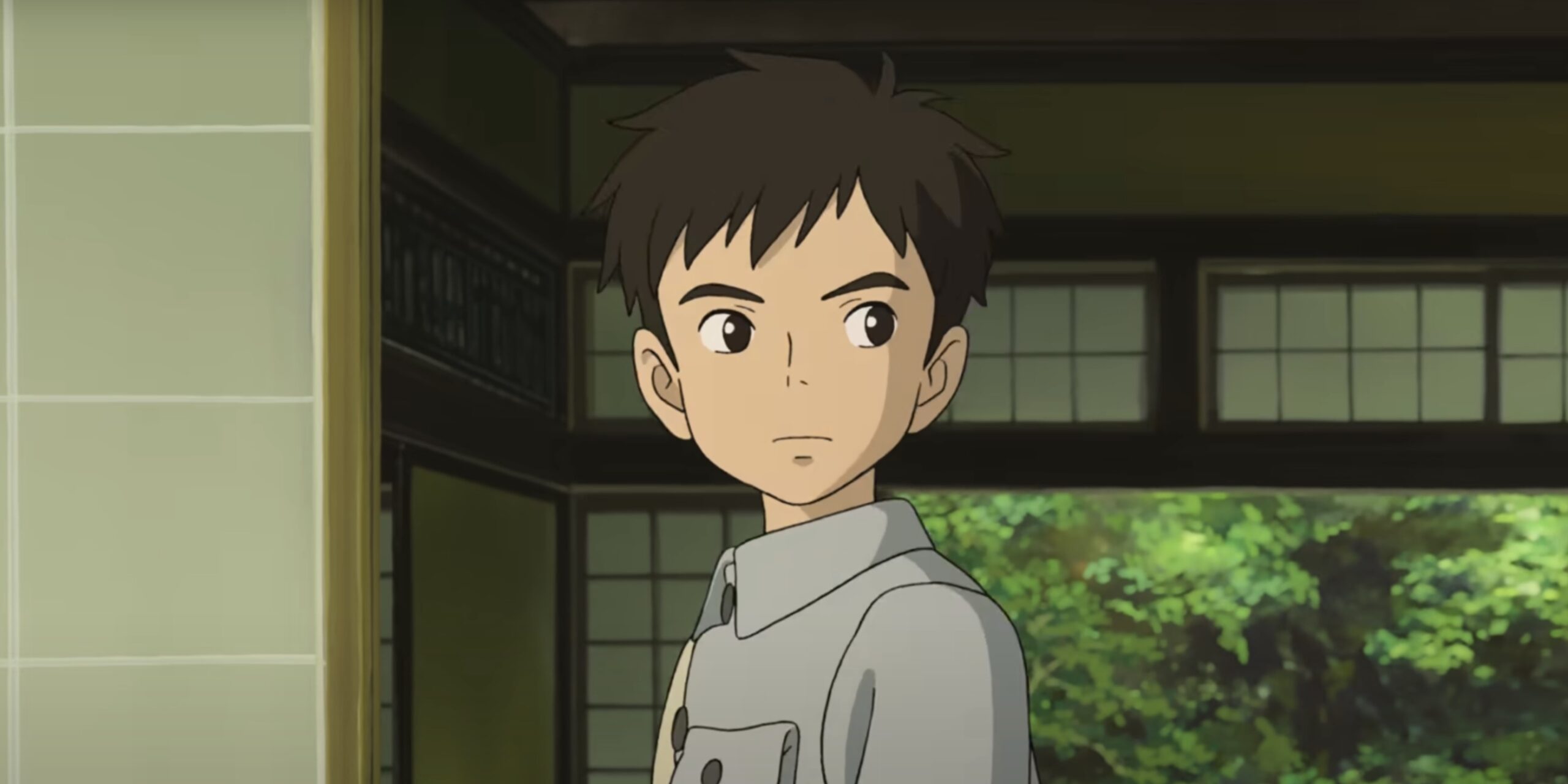
“The Boy and the Heron” unfolds as a poignant exploration of grief, resilience, and the transcendent power of imagination.
This cinematic masterpiece stands as a testament to the unparalleled creativity and vision of Studio Ghibli, solidifying its status as a groundbreaking work of art. Notably, “The Boy and the Heron” also holds the distinction of being the most expensive film ever produced in Japan, a testament to the ambitious scope of its production.
The film’s acclaim transcends borders, resonating with audiences worldwide and garnering substantial box office success. According to Box Office Mojo, “The Boy and the Heron” amassed an impressive $167 million in global box office receipts, a testament to its universal appeal and enduring popularity.
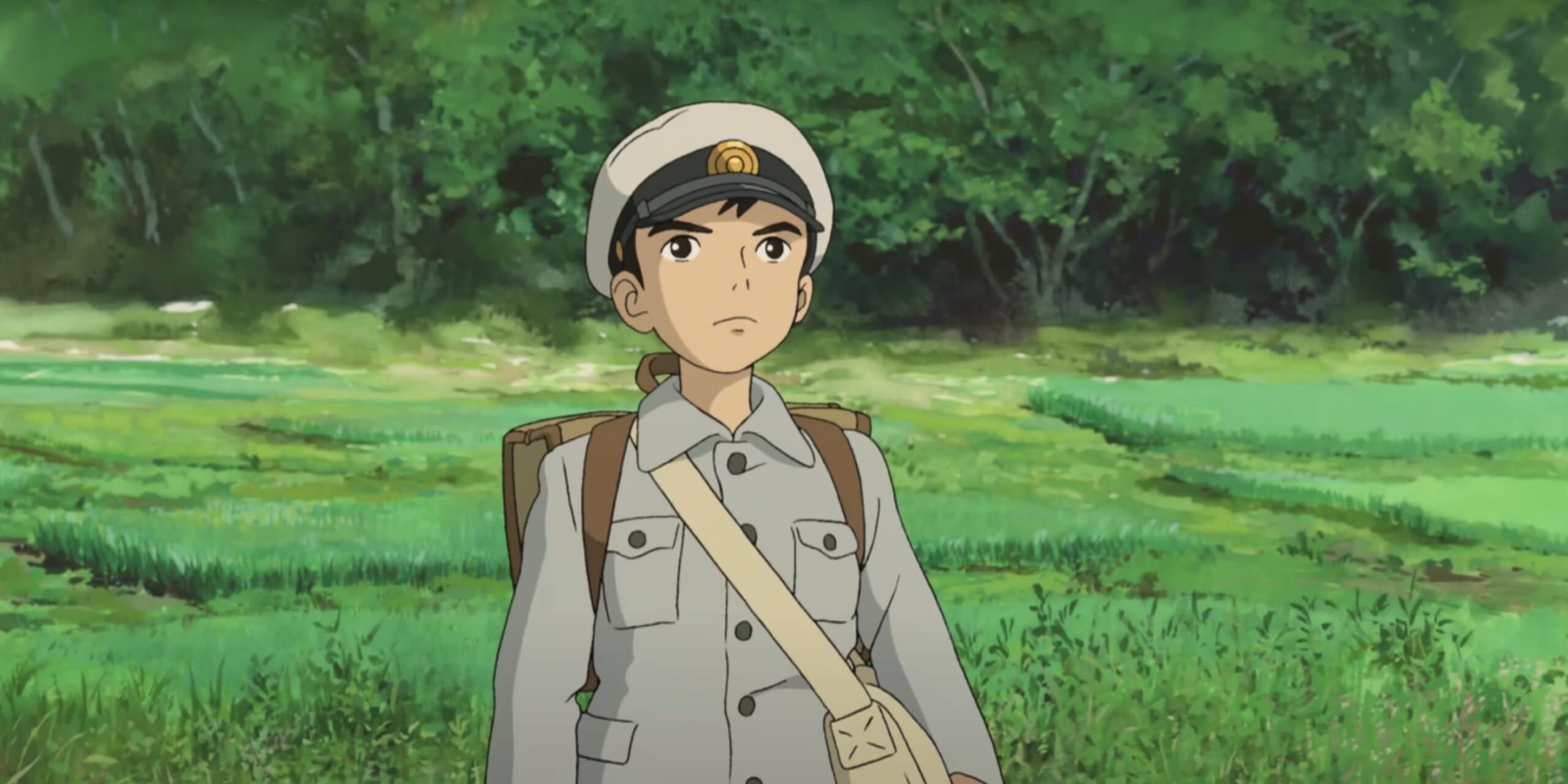
In addition to its commercial success, the film has been showered with accolades from prestigious institutions. It clinched the esteemed Golden Globe for Best Animated Feature Film and the BAFTA Award for Best Animated Film, further cementing its place in cinematic history.
Moreover, critical acclaim has poured in from all quarters, with critics and fans alike praising its poignant storytelling and breathtaking animation.
Adding to its illustrious accolades, “The Boy and the Heron” has been honored with the Los Angeles Film Critics Association Award for Best Animation and the New York Film Critics Circle Award for Best Animated Picture. With each accolade, the film’s legacy grows stronger, affirming its status as a timeless masterpiece.
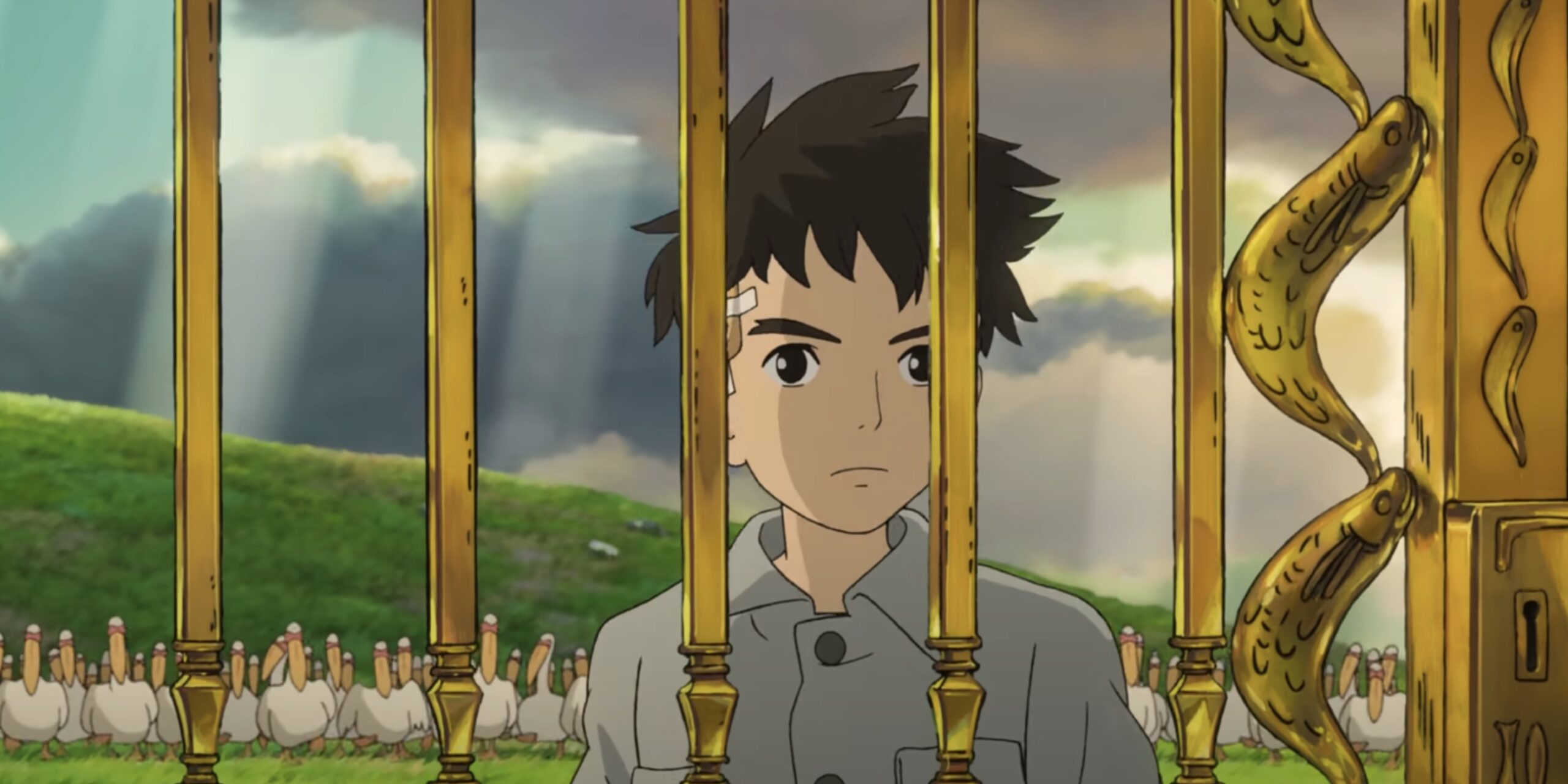
As the anticipation builds for the upcoming Academy Awards, “The Boy and the Heron” stands poised to make history once again. Nominated for the prestigious Academy Award for Best Animated Feature, the film has amazed audiences and critics alike, earning widespread acclaim as one of Hayao Miyazaki’s finest works to date.
Studio Ghibli’s Digital Distribution Gamble Pays Off
The decision by Studio Ghibli to lift its “digital distribution ban,” as revealed by producer and former president Toshio Suzuki in a statement shared by Crunchyroll, was a pivotal moment driven by necessity.
With the ambitious project of crafting “The Boy and The Heron” underway, the studio found itself in need of additional funds for production. Thus, they took the bold step of partnering with Netflix to distribute their catalog of films.

This strategic move was not without its risks. Relying on the revenue generated by Studio Ghibli’s existing films to finance the production of “The Boy and The Heron” was indeed a high-stakes gamble.
Failure to generate sufficient revenue could have spelled disaster for the project, exacerbating the challenges already faced by the film’s lengthy production timeline.
The potential consequences of such a scenario were dire. A shortage of funds could have compromised the quality of the film, leading to rushed production, alterations to the plot, or even delays in release.
Any of these outcomes would have jeopardized the film’s chances of securing an Oscar nomination, casting a shadow of uncertainty over the future of both Miyazaki and “The Boy and The Heron.”
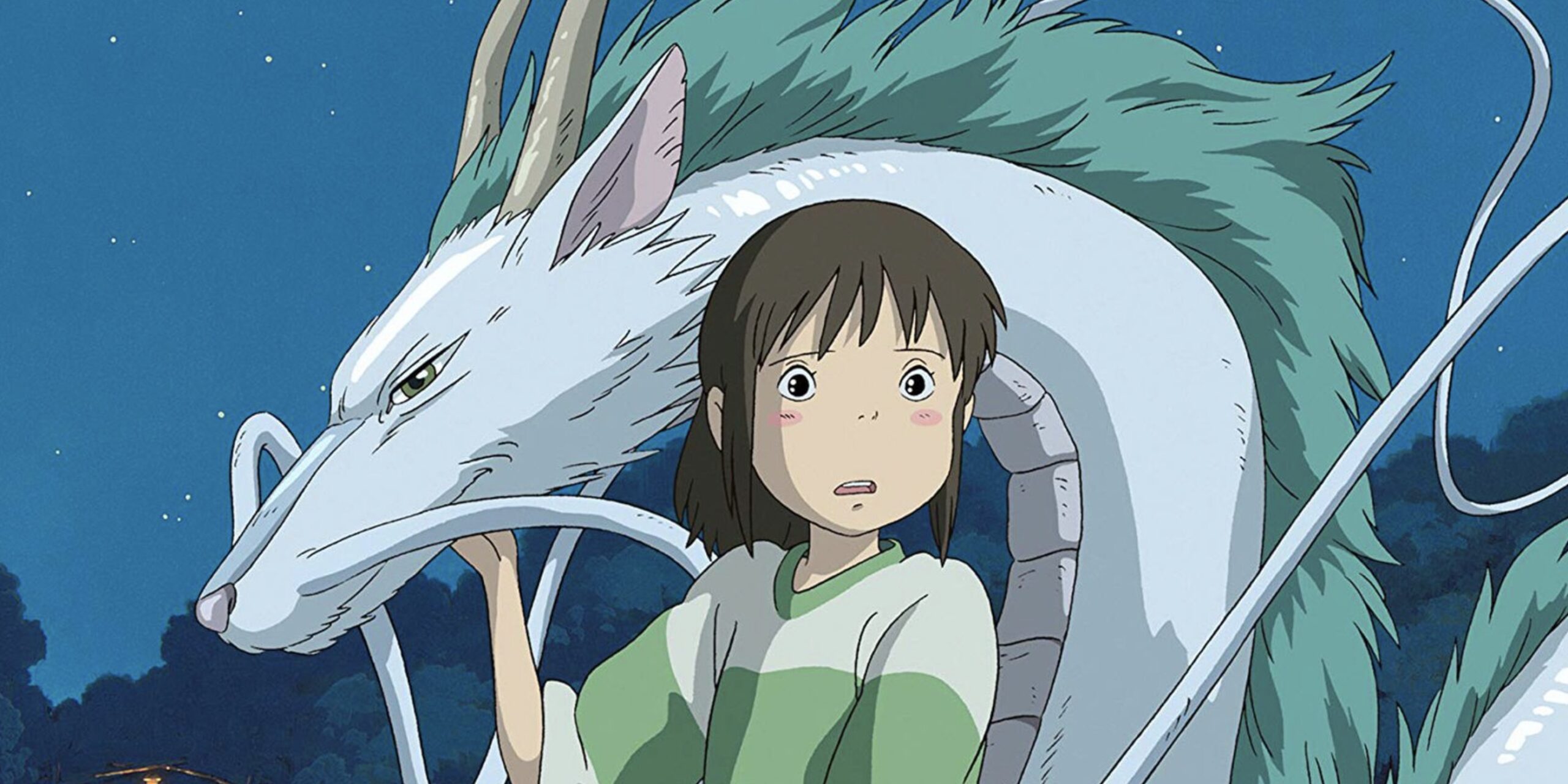
Fortunately, the gamble paid off. Despite the inherent risks, the decision to embrace digital distribution proved to be a boon for Studio Ghibli, providing the necessary financial support to bring their cinematic vision to life.
As a result, “The Boy and The Heron” stands on the brink of potential Oscar glory, a testament to the studio’s resilience and creative ingenuity.
It’s evident that this calculated risk was a necessary step in ensuring the completion and success of “The Boy and The Heron.” With the film now poised for recognition on the grand stage of the Academy Awards, the journey undertaken by Studio Ghibli serves as a compelling narrative of determination, innovation, and triumph.




